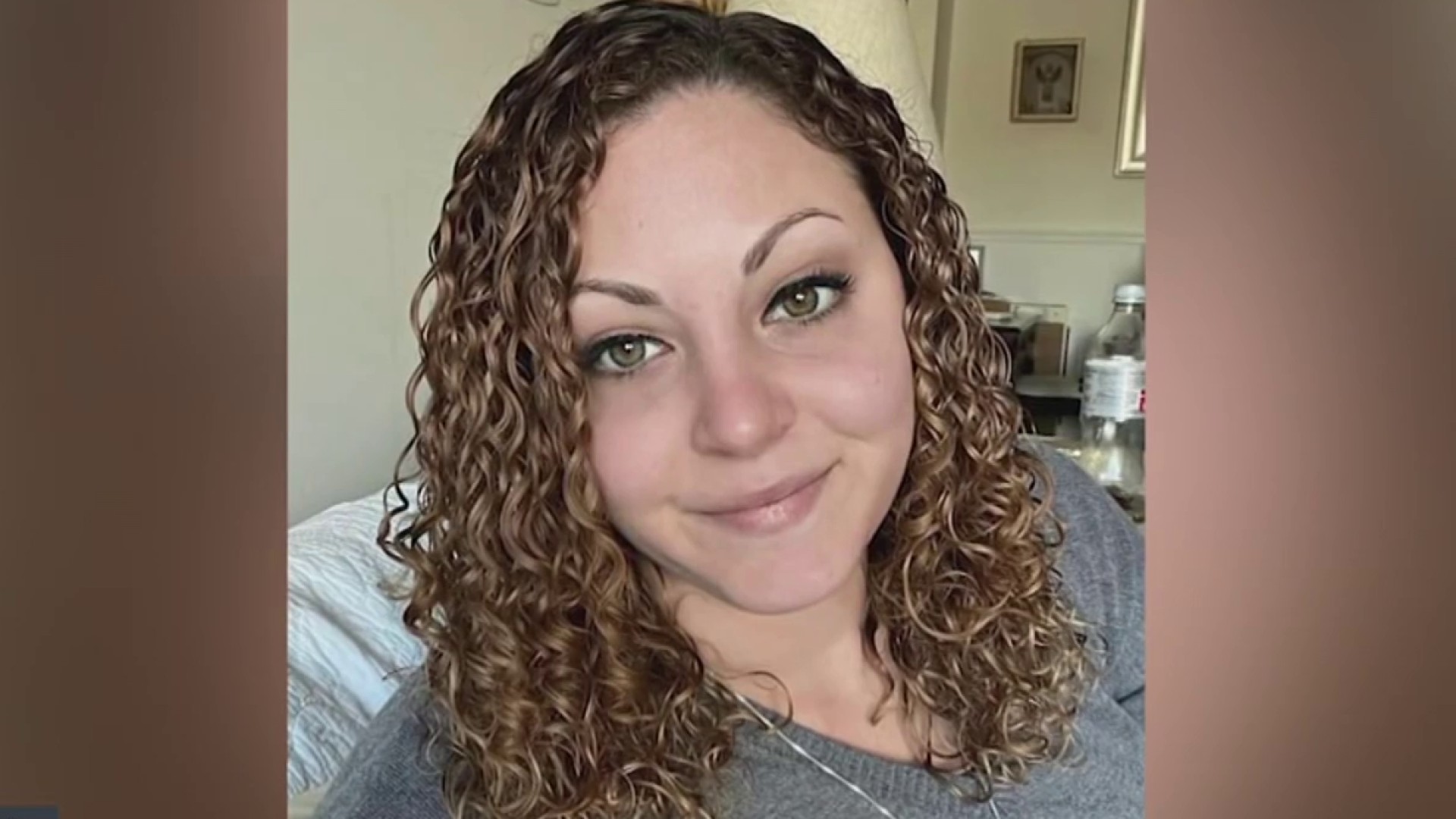Crowds are expected this week to jam the roadways to the new MGM National Harbor casino in Prince George's County. The table games and thousands of slot machines are likely going to be jammed with players, too.
The state of Maryland has bet big on casinos, and MGM — the sixth — is its biggest yet. The other casinos around the state make money, but MGM is projected to be the big daddy. Roadways lead right to it from the District, and the Wilson Bridge is expected to funnel tens of thousands of gamblers to Maryland every year.
In a recent column we gave our advice on gambling: Don’t gamble with any more money than you are willing to simply throw into the Potomac River.
All the slick television, online and print ads show you smiling faces and promise excitement and entertainment galore. Those ads don’t show you busloads of senior citizens, their precious money in hand, hoping to hit it just a little bit big. They don’t show the lower-income worker hoping to pad the paycheck, the same worker who maybe has already played the lottery excessively.
The truth, which is hard to see in the subdued lighting and blinking slot corridors, is that casinos make money for the company that owns them and the state that taxes them and collects fees from them. The big rollers can stomach the losses. As for the middle to marginal gamblers, you’re on your own. A free drink here or "club" access there? Sure, enjoy it. But remember, someone is paying for all that glitz: you.
■ Warning signs. They're required by law, so MGM and other casinos include warnings against "problem gambling." The MGM National Harbor website itself this week listed these signs:
- Gambling to escape worry.
- Gambling to solve financial difficulties.
- A feeling you're unable to stop playing, regardless of winning or losing.
- Often gambling until your last dollar is gone.
- Neglecting your family because of gambling.
Again, remember. The flashy promotions lure you into thinking you will win something when the odds always — always — favor the house.
Local
Washington, D.C., Maryland and Virginia local news, events and information
Consider these warning signs and you won't feel bad when the last card is dealt or you hear the last bing-bing-bing of the seductive slot machine as you adjust your eyes from those bright lights.
■ A different light. Your Notebook traveled to the Antietam Battlefield in western Maryland this past Saturday, where we witnessed a remarkable community experience. About 1,500 volunteers fanned out over the 3,000 acres to set up and light some 23,000 real candles to mark the casualties, dead and wounded, of that epic Civil War battle.
Saturday night at dusk, long lines of vehicles — the headlights off — rolled slowly through the fields to respect those who fought (on both sides).
Your Notebook was accompanied by Garrett Peck, a local author whose book "The Potomac River: A History and Guide" includes a whole chapter on Antietam.
"I find the Antietam Memorial Illumination a moving public commemoration of the bloodiest day in American history," Peck said after the trip. "The sight of the 23,100 lit candles scattered across the battlefield bring home the devastating loss and the high human cost of war."
However, he added, it was arguably the Civil War's most politically important battle — leading directly to the Emancipation Proclamation. "Freedom came with a high cost, and the illumination is a reminder that that liberties we take for granted did not come cheaply. We had to fight for them," said Peck.
And back to those volunteers: Before the public was allowed in, there was a brief program for all who had helped, including National Park Service rangers who were proudly assisting and controlling traffic.
Georgene Charles of Washington County, Maryland, was there. She started the Illumination back in 1988, using candles provided annually free of charge from the Root Candle Co. of Medina, Ohio — long-burning ones now known as Antietam Candles. In the cold of the gathering Saturday night, Charles praised the volunteers, some of whom had come from as far away as Ohio.
"This event was volunteer-driven, a high proportion of them Boy Scouts and their parents," Peck said. "In an era where civil institutions are weakening and we have no common national service, it is impressive to see these young people work together from across the Mid-Atlantic to make the commemoration possible."
And any parent or guardian would appreciate this: "The boys were respectful and not at all fidgety during the opening ceremony," Peck said. "They took the event seriously and, I think, recognized the importance of their participation."
■ A final word. Our publication date this week is the Dec. 7 anniversary of the 1941 attack on Pearl Harbor by Japan. Almost 2,500 people died and 1,000 more were wounded. The History Channel offers a good look at that two-hour incident that stunned America. You can find it here.
Tom Sherwood, a Southwest resident, is a political reporter for News 4.



